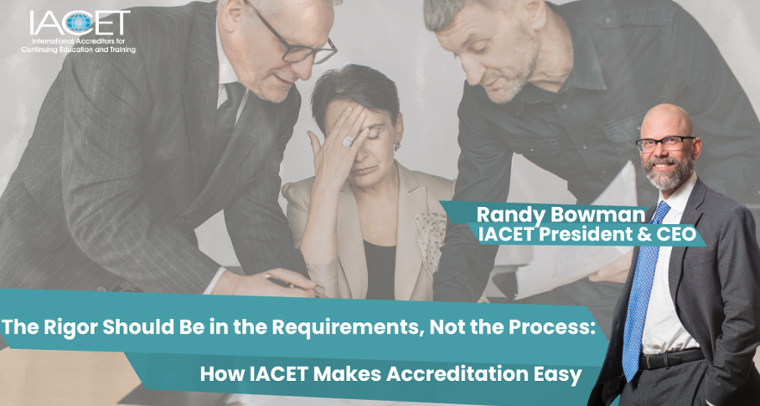What Every Engineering Training Provider Should Know About CEUs vs. PDHs

This article breaks down the difference between CEUs and PDHs in engineering. It explains why training providers should consider IACET accreditation to enhance quality, credibility, and audience reach, even in a PDH-driven world.






